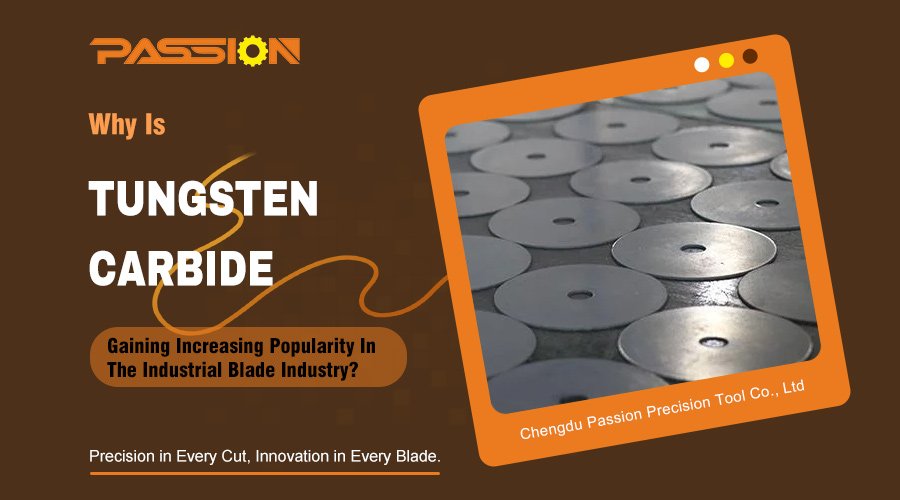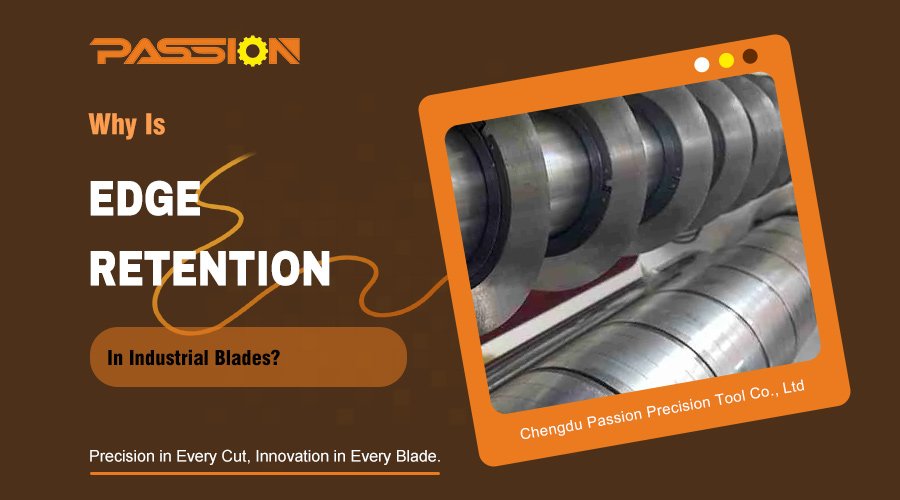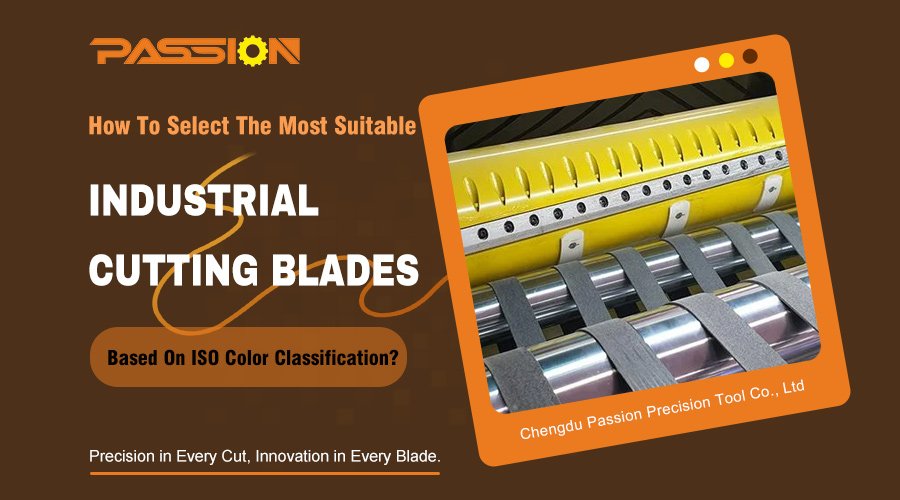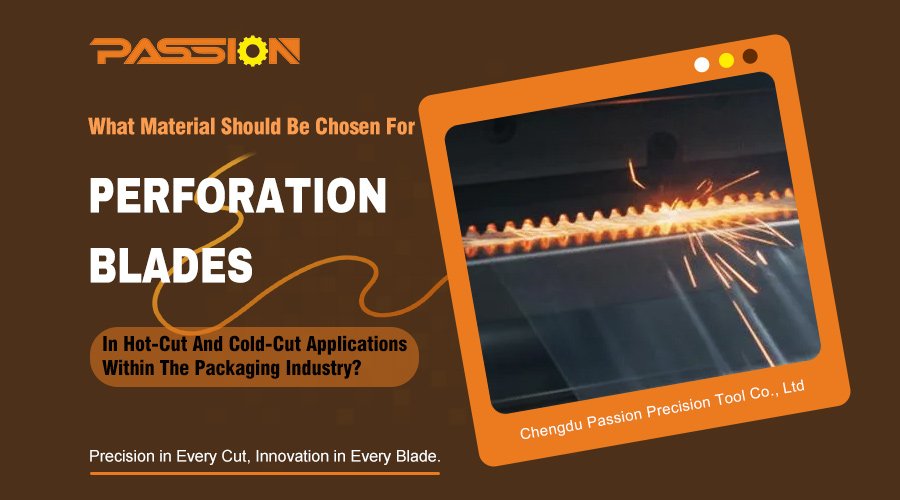When it comes to industrial cutting applications, guillotine blades are relied upon for their precision, durability, and performance. However, one often-overlooked detail that plays a critical role in the blade’s effectiveness is the mounting holes—the exact points where the blade is fixed to the cutting machine. Whether you’re involved in paper converting, metal processing, or packaging production, understanding how these holes function—and why they matter—can prevent costly errors, equipment wear, and safety risks.
Guillotine blade mounting holes are critical for securing the blade to the cutting machine and ensuring precise, stable operation. These holes must match the machine’s specifications exactly—both in size and positioning—to maintain cutting accuracy, prevent vibration, and avoid damage to the blade or machine. Incorrect hole placement can lead to misalignment, poor cut quality, or mechanical failure. Properly engineered mounting holes help distribute cutting forces evenly, extending the blade’s lifespan and optimizing performance.
While the function of mounting holes might seem straightforward, their design, placement, and compatibility with machinery are far from simple. Understanding the nuances of guillotine blade mounting holes is essential for professionals working in industries like paper converting, packaging, metal processing, and plastics. Below, we’ll explore the various aspects of these features, including dimensional standards, material impact, alignment techniques, and common pitfalls—helping you make more informed decisions when sourcing or installing guillotine blades.
What Is The Function Of Mounting Holes In Guillotine Blades?
Guillotine blade mounting holes are responsible for securely attaching the blade to the machine, enabling stable and accurate cutting operations. These holes ensure that the blade is fixed in the correct position, allowing for uniform pressure distribution and precise motion during the cutting cycle. Misaligned or poorly manufactured holes can cause vibrations, blade slippage, or even mechanical failure.
Properly engineered mounting holes allow the operator to torque down bolts evenly across the blade’s surface. This stability directly affects the cut quality, especially in high-speed or high-volume environments. If mounting holes are off by even a millimeter, it could lead to uneven cuts, product waste, or damage to the machine bed.
Ultimately, mounting holes serve not just as attachment points but also as vital alignment features. Their integrity is essential to the overall performance, reliability, and lifespan of the guillotine blade in any industrial application.
Why Is Dimensional Accuracy So Important For Mounting Holes?
The dimensional accuracy of guillotine blade mounting holes is crucial because it directly influences how well the blade fits and functions within a machine. These holes must align precisely with the corresponding bolts or mounting studs on the cutting equipment. Even a slight deviation can lead to mechanical stress, shifting during operation, or inconsistent cut lines.
For example, when hole spacing is incorrect, it becomes impossible to apply uniform clamping force. This results in blade vibration, increased wear on machine components, and ultimately, reduced cutting accuracy. Additionally, imprecise holes can create concentrated stress points, increasing the risk of cracks or failure at high loads.
To ensure accuracy, manufacturers often use CNC machining and 3D measurement tools to produce holes to exact tolerances. Many industries—especially those with automated cutting lines—rely on blades that meet strict dimensional requirements to maintain production efficiency.
In summary, exact hole dimensions aren’t just a technicality—they’re foundational to safe, efficient, and accurate blade operation.
What Types Of Mounting Holes Are Available For Guillotine Blades?
Guillotine blades are used across a wide range of industrial cutting applications, and their mounting requirements vary significantly depending on the machine design, cutting load, and material flow. As a result, manufacturers offer several types of mounting holes to suit specific operational needs. Below are the most commonly used hole types and their distinctive functions:
Standard Round Holes
These are the most widely used type of mounting hole and are typically employed in general-purpose blades where basic bolt fastening is sufficient. Round holes provide uniform stress distribution around the bolt and are easy to machine with tight tolerances. They’re ideal for straightforward, static mounts and can be paired with various bolt types or spacers. Because of their simplicity and universality, they’re the default choice for many OEM blades.
Elliptical Holes (Waist Holes)
Elliptical or waist-shaped holes are elongated along one axis to allow slight positional adjustment during installation. This feature is particularly helpful in applications where fine alignment is needed, such as in multi-blade setups or machines with slight dimensional inconsistencies. The elongation enables operators to shift the blade minutely without needing custom fabrication, which helps in achieving cleaner, straighter cuts. However, the adjustable nature requires careful torque balancing to prevent slippage.
Threaded Holes
Threaded holes allow bolts to fasten directly into the blade without requiring through-bolts or nuts on the opposite side. These are common in compact or enclosed machine assemblies where access is limited. Threaded holes provide strong, stable fastening and reduce the number of components needed. However, they require precise thread cutting and must be handled carefully during installation to avoid stripping, especially in harder or more brittle blade materials.
Countersunk Holes
Countersunk holes are designed to accommodate flat-head or tapered bolts that sit flush with the blade surface. This is essential in applications where blade clearance is limited or where protruding bolt heads could interfere with the cutting motion. Countersunk designs enhance machine safety and maintain an unobstructed workflow across the blade’s edge or mounting plane. Precision machining is required to ensure the countersink depth and angle match the fasteners exactly.
Eccentric Holes
Eccentric holes are intentionally offset from the blade’s central axis or mounting pattern to influence torque distribution or blade alignment. These holes are used in highly specialized machines where rotational positioning of the blade affects performance. They can also be used as a mechanical fine-tuning feature for alignment without modifying the blade body. Due to their non-symmetric nature, eccentric holes require careful handling and often a matching, unique fastener system.
Shaped Holes
Shaped holes—such as square, slotted, or keyhole styles—are designed for non-rotational fastening or to mate with specialized locking hardware. These are often used in safety-critical environments or machines where blades must stay fixed against high dynamic forces. Shaped holes can prevent the bolt from spinning or shifting under load, adding an extra layer of mechanical stability. However, these holes are more expensive to manufacture and must be precisely matched to corresponding fasteners.
Each of these mounting hole types offers a specific advantage depending on the application. Understanding which type best suits your operational requirements can enhance blade performance, simplify installation, and reduce long-term maintenance. When ordering or designing guillotine blades, always consult with your blade manufacturer or machine supplier to confirm compatibility and functional fit.
Are Mounting Hole Patterns Standard Or Custom?
Mounting hole patterns can be either standardized or custom, depending on the equipment model and the blade application. Standard hole patterns are commonly used across compatible machines, making them easy to replace without customization. This reduces downtime and simplifies spare part inventory management.
However, some machines—especially older, imported, or high-performance models—require custom mounting hole configurations. These patterns may be designed to fit proprietary mounting surfaces or to accommodate specific stress distribution requirements. In such cases, the exact location, size, and number of holes must be provided to the blade manufacturer for precision fabrication.
Custom hole patterns often come into play when retrofitting or upgrading equipment, or when introducing performance-enhancing modifications. Whether standardized or custom, what matters most is precision. Detailed technical drawings or CAD files are typically used to communicate these patterns during the ordering process.
Understanding your machine’s requirements and confirming the compatibility of the blade’s mounting pattern is key to ensuring both operational safety and optimal performance.
How Do Blade Materials Affect Mounting Hole Strength?
The type of material used in a guillotine blade significantly influences the structural integrity and performance of its mounting holes. Different blade materials—such as high-carbon steel, tool steel, or tungsten carbide—respond differently to operational stress, particularly in the regions surrounding the holes.
Harder materials like carbide offer excellent edge retention and wear resistance, but they tend to be more brittle. If holes are not machined carefully, stress fractures can develop, especially under heavy torque or vibration. Softer steels are more ductile and better able to absorb mechanical stress but may deform over time if improperly mounted.
Heat treatment is another critical factor. Blades that are hardened improperly may develop weak spots around the holes, leading to elongation or cracking during repeated use. Some manufacturers reinforce mounting zones through localized heat treatment or surface hardening to enhance fatigue resistance.
Additionally, coatings like black oxide or chrome may be applied to resist corrosion around the holes, especially in humid or high-friction environments. Ultimately, matching the blade material to the operating conditions—and ensuring the holes are reinforced accordingly—helps prevent premature failure and supports long-term reliability.
What Are The Best Practices For Installing Blades With Mounting Holes?
Installing a guillotine blade correctly involves more than just tightening bolts. Proper alignment and torque application are critical to avoid mechanical stress and ensure safe operation. Before installation, the mounting surface and holes should be inspected for debris, damage, or corrosion.
Use the correct torque values recommended by the blade or machine manufacturer. Over-torquing can warp the blade or damage the holes, while under-torquing may cause the blade to loosen during use. Applying torque in a diagonal sequence—similar to tightening a wheel—helps evenly distribute pressure and prevents distortion.
Thread-locking compounds or locking washers can be added to prevent loosening under vibration. When reusing bolts, check for thread wear and replace if needed. Damaged or stretched bolts can compromise clamping strength and lead to safety issues.
If multiple blades or segments are being installed, alignment tools or jigs may be used to ensure that all components are level and square. Any deviation in blade angle or pressure can lead to poor cuts and premature wear.
By following proper installation protocols, operators can protect both the blade and the cutting machine, reduce downtime, and maintain high-quality output.
What Problems Can Arise From Poorly Designed Or Damaged Mounting Holes?
Improper design or wear-and-tear of guillotine blade mounting holes can lead to a range of serious issues. One of the most common problems is hole elongation, which occurs when repeated torque cycles stretch the holes beyond their original diameter. This can cause the blade to shift, resulting in uneven or inaccurate cuts.
Cracking around the hole is another concern, often caused by excessive torque, poor heat treatment, or material fatigue. These cracks can spread under stress, compromising the structural integrity of the entire blade. Misalignment—either during manufacturing or installation—can also result in uneven load distribution, increasing wear on both the blade and the machine.
Corrosion and contamination in the holes may reduce clamping strength and lead to thread stripping or bolt seizure. In the worst-case scenario, blade detachment can occur, posing a significant safety hazard.
To avoid these issues, it’s critical to invest in high-quality blades, verify design specs before installation, and follow a regular inspection schedule. Identifying problems early allows for timely maintenance or replacement, ensuring safer and more efficient cutting operations.
In industrial cutting environments, where precision and efficiency are paramount, even small details like guillotine blade mounting holes can have a significant impact. These holes are not just mechanical attachment points—they are vital to the blade’s alignment, stability, and performance. From dimensional accuracy and material considerations to custom configurations and proper installation techniques, each aspect contributes to the blade’s longevity and cutting consistency.
Neglecting these factors can result in costly downtime, machine damage, poor cut quality, and serious safety risks. On the other hand, understanding and prioritizing proper mounting hole design enables operators and engineers to optimize performance, reduce maintenance demands, and extend the overall life of both the blade and the cutting system.
Whether you are sourcing a new blade, upgrading equipment, or performing routine maintenance, always treat mounting hole specifications with the same level of attention you give to blade sharpness or edge geometry. It’s a small detail that supports the success of the entire operation.







